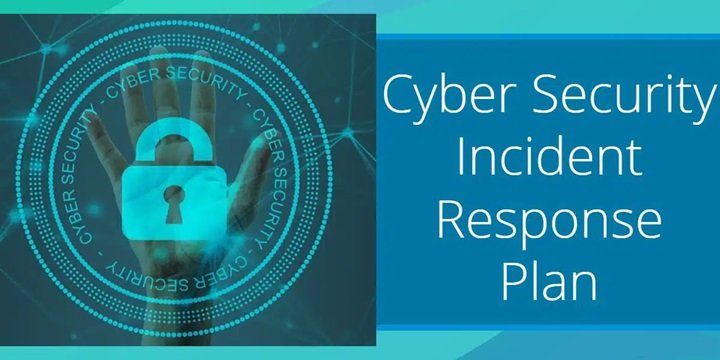Table of Contents
Introduction – Incident Response Plan
Cyberattacks are a constant threat in today’s digital world. From ransomware assaults to data breaches, even a minor security incident can cripple your organization. The good news? You can significantly reduce the impact of these threats with a well-defined cybersecurity incident response plan (IR plan).
Why You Need an Incident Response Plan
Consider these sobering statistics:
- Cyberattacks on the Rise: A recent study shows a 67% surge in cyberattacks year-over-year, with ransomware a major culprit.
- Breach Impact: Data breaches inflict heavy financial blows, averaging a staggering $4.24 million per incident. Worryingly, 60% of small businesses hit by cyberattacks go out of business within six months.
- Lack of Preparedness: Shockingly, 68% of organizations lack a formal IR plan, leaving them vulnerable and exposed.
What is an Incident Response Plan and What Does it Do?
An IR plan is a documented roadmap guiding your organization’s response to security incidents. It outlines procedures to:
- Identify and Detect Threats: Implement robust monitoring tools, intrusion detection systems, and threat intelligence to promptly pinpoint suspicious activity. Analyze events to confirm an incident’s existence and severity, including its scope and potential damage.
- Coordinate a Response: Establish clear roles and responsibilities for your IR team. This typically includes a dedicated leader overseeing the response, technical staff investigating the incident, legal counsel, and potentially third-party vendors for remediation or forensics.
- Contain and Eradicate: Take immediate action to isolate the incident, prevent further damage, and eliminate the threat from your systems. This involves a thorough inspection to ensure all traces of the attack are neutralized. Detailed documentation of containment and eradication procedures is crucial for future reference and potential legal proceedings.
- Forensic Analysis: Investigate the root cause of the incident to understand how it happened and how to prevent similar attacks in the future. Compile a report detailing the incident, identifying potential culprits if possible, and suggesting preventative measures. This report may be shared with law enforcement, insurers, regulators, or other authorities.
- Communicate Effectively: Maintain transparency throughout the incident by keeping stakeholders informed. Establish clear methods for internal and external parties to report incidents. Educate employees on how to recognize and report suspicious activities. Remember, clear and controlled communication builds trust and minimizes panic.

Building a Best-in-Class Incident Response Plan
Here are key practices to consider for a robust IR plan:
- Regular Testing and Training: Conduct regular drills and simulations to test your IR plan and ensure team members are well-equipped to handle incidents effectively. Training should encompass all employees on recognizing and reporting potential threats.
- Continuous Monitoring: Implement real-time monitoring and threat management solutions to detect suspicious activities before they escalate.
- Stakeholder Collaboration: Partner with law enforcement, cybersecurity professionals, and industry peers to share threat intelligence and collaborate on incident response efforts.
- Post-Incident Evaluation: Conduct a thorough analysis after every incident to identify areas for improvement, capture lessons learned, and refine your IR plan for future occurrences.
- Compliance with Regulations: Ensure your IR plan aligns with relevant regulations and industry standards like GDPR, HIPAA, and PCI DSS to avoid legal and financial repercussions.
The Future of Cyber Threats
- AI-Powered Attacks: Cybercriminals are increasingly leveraging artificial intelligence (AI) and machine learning to automate attacks, bypass detection, and launch sophisticated campaigns.
- Supply Chain Vulnerabilities: Third-party vendors and suppliers pose a significant risk, as attackers target supply chains to infiltrate networks and steal data.
- Zero-Day Exploits: Zero-day vulnerabilities, unknown to software vendors or the cybersecurity community, pose a severe threat as attackers can exploit them before a patch is available.
- “Trusted Software Applications”: Attackers are increasingly exploiting vulnerabilities in commonly used network operating systems, applications, and collaboration tools to infiltrate organizations.
- Cyberwarfare: The possibility of large-scale cyberwarfare is a growing concern. Cyberwarriors often seek vulnerable systems to use as launching points for their attacks.
Conclusion – Incident Response Plan
A strong IR plan is an essential component of any organization’s cybersecurity strategy. By proactively preparing and implementing a formal IR plan, you can significantly mitigate the impact of security incidents and safeguard your valuable assets. Remember, in cybersecurity, preparedness is paramount. Don’t wait for an attack to happen – take action today and build a robust IR plan for a more secure future.




Leave a Reply